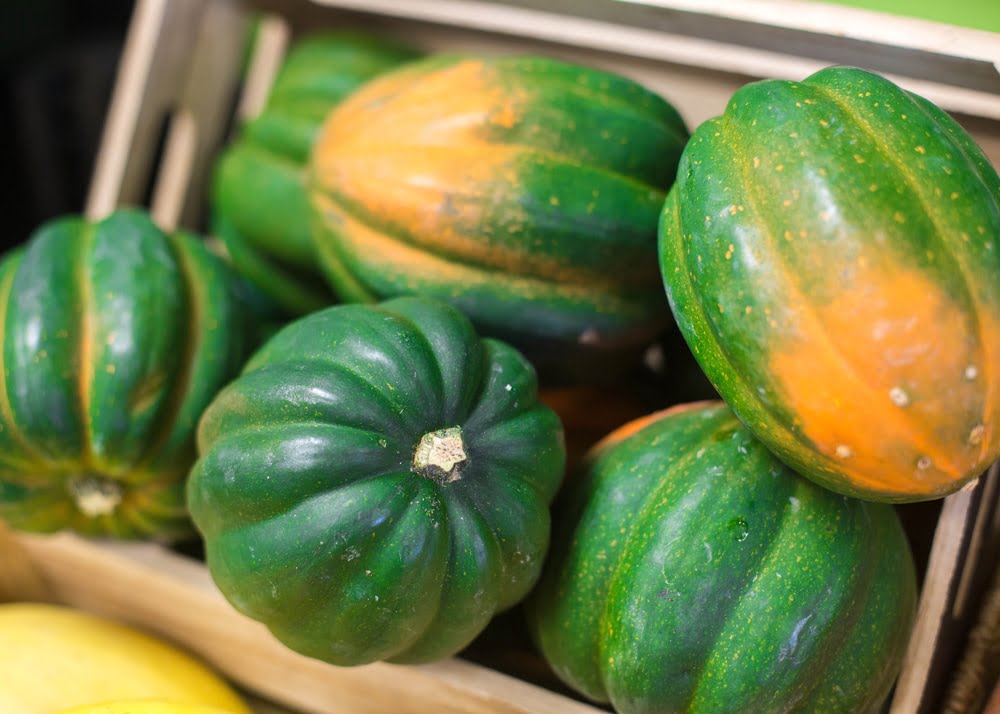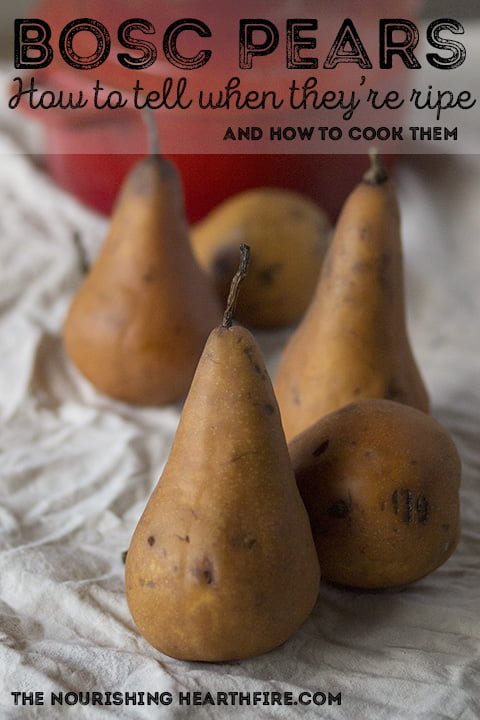Have you ever found yourself unsure about how to tell if an acorn squash is ripe? Look no further! In this article, we will guide you through the simple steps to determine the perfect ripeness of an acorn squash. Whether you’re a seasoned cook or just starting out in the kitchen, this helpful information will ensure that you pick the best acorn squash for your next meal. So, let’s dive in and discover the secrets to identifying ripe acorn squashes!

Methods for Determining Acorn Squash Ripeness
When it comes to acorn squash, determining its ripeness can sometimes be challenging. However, there are several reliable methods you can use to ensure that you pick the perfect squash every time. By observing the skin color, checking the stem, examining the surface texture, measuring the weight, tapping the squash, testing the firmness, evaluating the outer shell, inspecting the bottom, considering the harvest season, and examining the smell, you will have a comprehensive guide to determine if your acorn squash is ripe.
Observing the Skin Color
To determine if an acorn squash is ripe, start by examining its skin color. A mature acorn squash will have a consistent dark-green or orange color. Avoid squash with a light or mottled skin color, as this could indicate that it is not yet fully ripe. The skin should be vibrant and even-toned, indicating that the squash has reached its peak ripeness and flavor.
Checking the Stem
Another method to gauge the ripeness of an acorn squash is by inspecting its stem. A ripe squash will have a stem that is woody and brown in color. Green or moist stems are signs of immaturity, suggesting that the squash is not yet fully ripe. By ensuring that the stem is dry and has turned brown, you can be confident in selecting a ripe acorn squash.
Examining the Surface Texture
The surface texture of an acorn squash can also be a telling factor in determining its ripeness. Gently feel the squash, taking note of its texture. A ripe acorn squash will have a smooth and hard surface, indicating that it has developed fully. On the other hand, squash with soft or wrinkled surfaces may still be underdeveloped or beginning to spoil. Opt for squash with a firm and unyielding texture for the best eating experience.
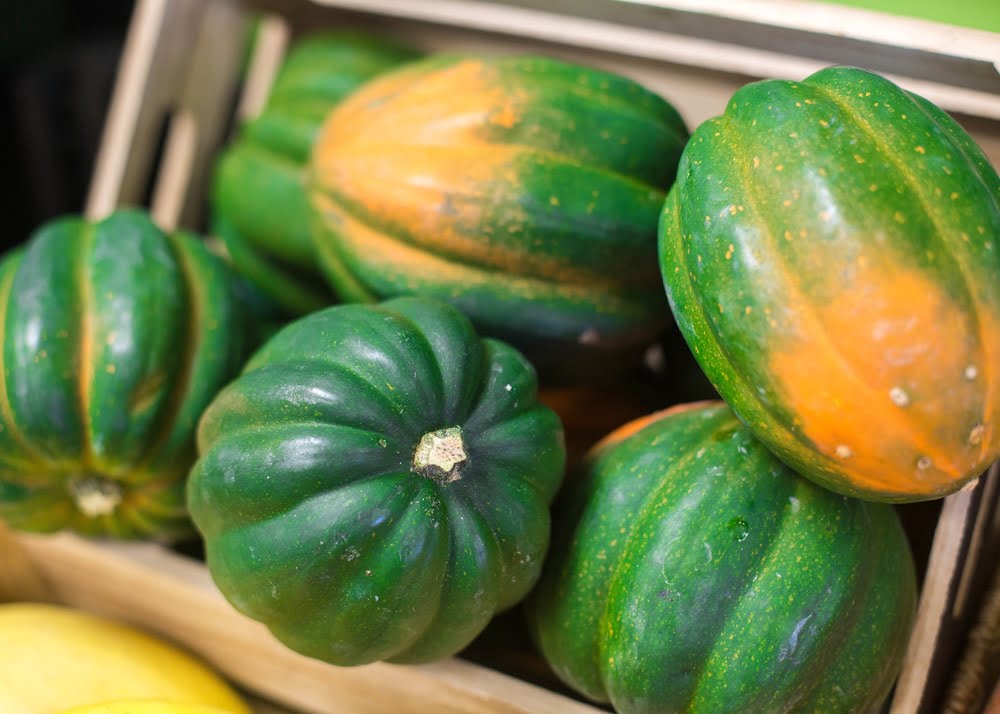
Measuring the Weight
When holding an acorn squash in your hand, judging its weight can provide valuable insights into its ripeness. A ripe squash should feel heavy in relation to its size, indicating that it is dense and filled with flavorful flesh. On the contrary, squash that feels too light or too heavy may be a sign of immaturity or overripeness, respectively. Look for a squash that feels substantial but not excessively bulky.
Tapping the Squash
Tapping the squash is another technique you can employ to assess its ripeness. Using your knuckles, tap the surface of the squash and listen for a solid and hollow sound. This sound indicates that the flesh inside the squash has reached its full maturity. Conversely, a dull or muffled sound may indicate that the squash is not yet ripe or possibly past its prime. By listening for the right sound, you can select a perfectly ripe acorn squash.
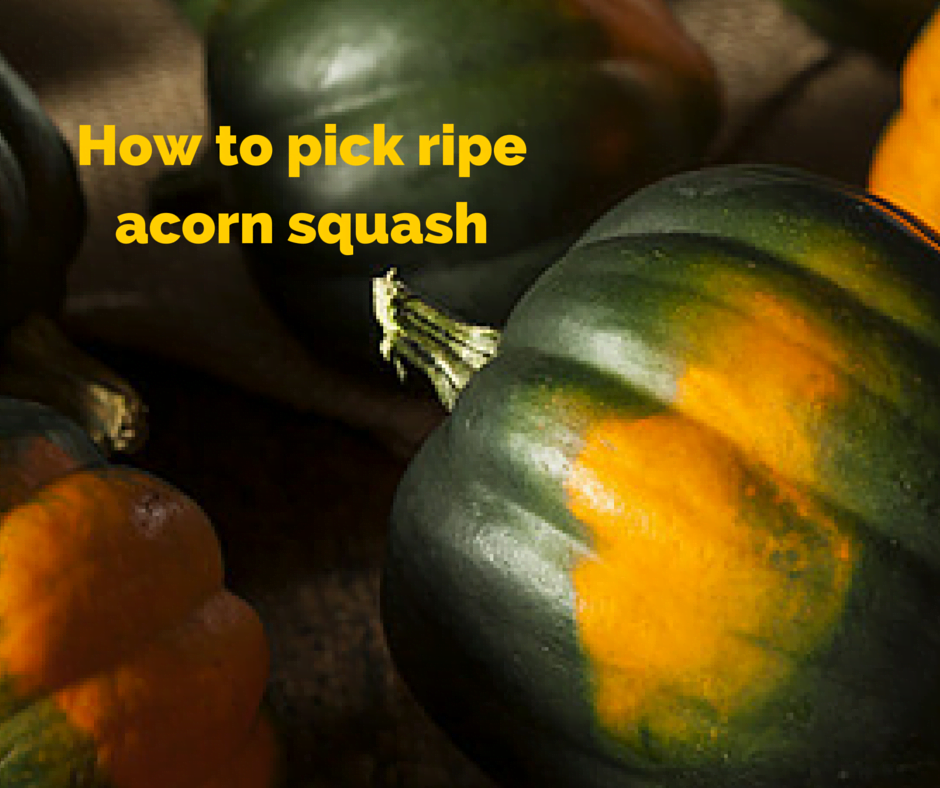
Testing the Firmness
Another important characteristic to consider when determining the ripeness of an acorn squash is its firmness. Gently press the skin of the squash and check for a firm and unyielding texture. A ripe squash should not feel soft or mushy to the touch. If your fingers sink into the skin or leave an indentation, it is a sign that the squash is not yet fully ripe. Aim for a squash that feels solid and resistant to pressure.
Evaluating the Outer Shell
The outer shell of an acorn squash can also provide valuable information about its ripeness. Inspect the outer shell, ensuring that it is hard and intact. Any scratches, cuts, or bruises on the surface may indicate that the squash is no longer at its peak. By selecting a squash with a pristine and unblemished outer shell, you can be confident that the flesh inside is equally fresh and ripe.

Inspecting the Bottom
When examining acorn squash for ripeness, don’t forget to inspect the bottom. Turn the squash over and look for a hardened and intact blossom end. This part of the squash should be free from any softness or shriveling. If the bottom feels mushy or appears to be drying out, it may be a clear sign that the squash is not yet fully ripe or may not have been stored properly. Choose squash with a sturdy and plump bottom for optimal ripeness.
Considering the Harvest Season
The harvest season plays a significant role in determining the ripeness of acorn squash. While traditional acorn squash varieties are typically harvested in the fall when fully matured, some newer hybrids may be available year-round. However, it is important to note that squash harvested during its peak season often offers the best flavor and texture. If possible, try to select acorn squash that aligns with the traditional harvest season for maximum ripeness.
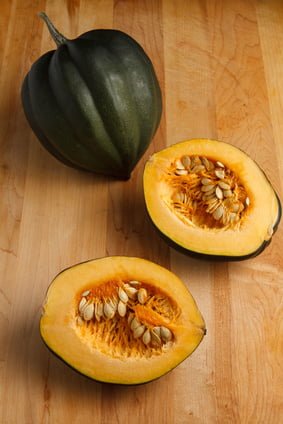
Examining the Smell
Lastly, the scent of the acorn squash can also be indicative of its ripeness. Sniff the squash and search for a fresh and sweet aroma. A ripe acorn squash should have a pleasant scent, reminiscent of the earthy sweetness that is characteristic of this vegetable. Avoid squash with a moldy or sour smell, as this could indicate spoilage or improper storage. A delightful aroma is a good indicator that the squash is ripe and ready to be enjoyed.
In conclusion, there are several reliable methods for determining the ripeness of an acorn squash. By observing the skin color, checking the stem, examining the surface texture, measuring the weight, tapping the squash, testing the firmness, evaluating the outer shell, inspecting the bottom, considering the harvest season, and examining the smell, you can confidently select a ripe acorn squash. Follow these guidelines, and you’ll be able to enjoy the delicious flavor and texture of perfectly ripe acorn squash in your favorite recipes. Happy cooking!
